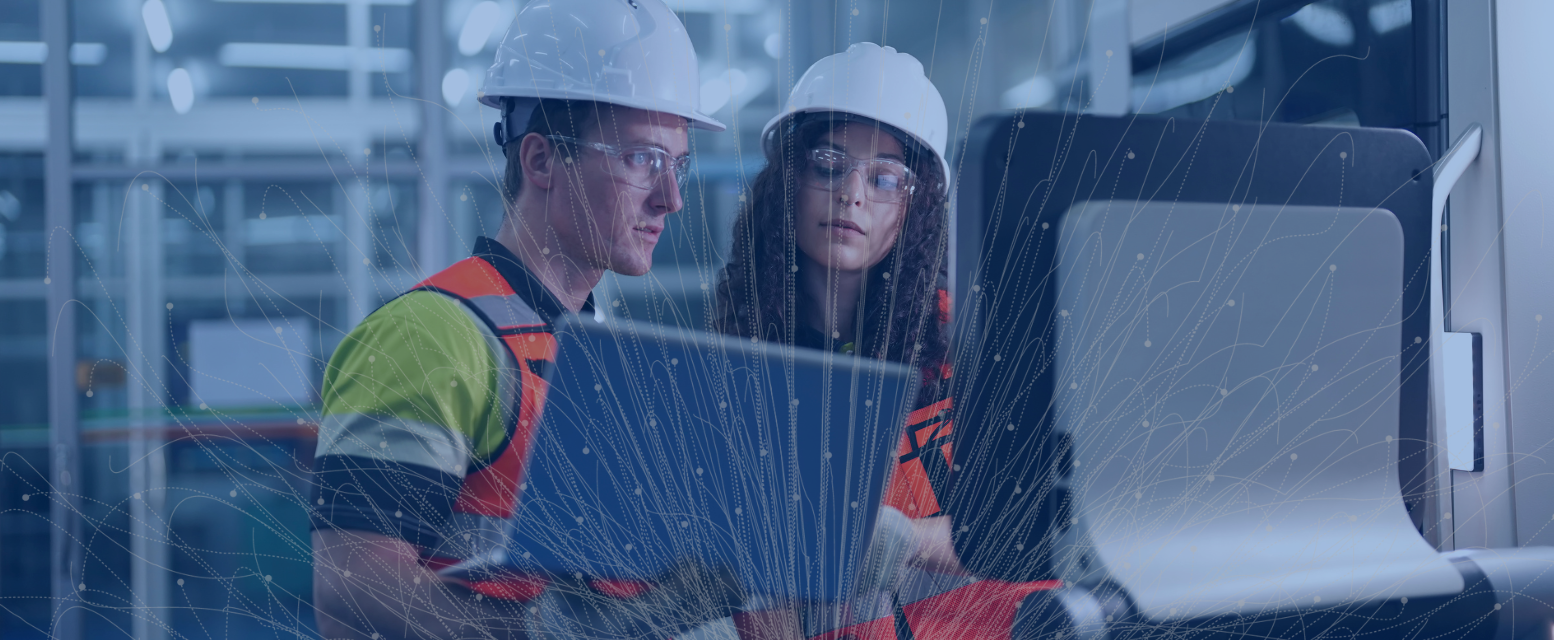Scaling MES for Real Impact: From Modernization to Enterprise Transformation

Blog
21 October 2025Scaling MES for Real Impact: From Modernization to Enterprise Transformation
Modernizing your Manufacturing Execution System (MES) is only part of the journey. The true measure of success lies in how effectively you can scale it across the enterprise, aligning technology, people, and processes to deliver lasting transformation.
Too often, companies view their MES as a technology initiative rather than a business evolution. The result is familiar: pilot projects succeed but stall at rollout, different sites interpret “the standard” differently, and enthusiasm fades when early momentum meets organizational complexity. With the right strategy, however, an MES rollout can become a unifying force that connects plants, improves visibility, and drives consistent value across operations.
Start with Vision and Alignment
Every successful MES program begins with a clear sense of purpose. Before expanding the system, it is essential to define how MES supports the company’s broader goals, such as improving product quality, optimizing throughput, reducing waste, or strengthening traceability. When the technology is explicitly linked to measurable business outcomes, it becomes far easier to gain executive backing and site-level engagement.
Equally important is communication. An MES rollout should be positioned as a strategic business transformation, not an IT project. By showing how MES empowers teams through smarter decisions, greater efficiency, and stronger performance, leaders can build understanding and trust. Clear communication of the “why” lays the groundwork for smoother adoption.
Modernizing What Matters Most
Before scaling, modernization ensures your MES is ready for the future. That does not mean starting over. It means reinforcing the foundation. Modern MES platforms offer modular, flexible architectures that make it possible to enhance core functions without disrupting daily operations.
Integrating cloud capabilities, connecting IIoT devices, and embedding analytics tools all contribute to more agile, data-driven decision-making. Standardized data models and templates ensure consistency across sites while preserving the ability to tailor workflows to local realities. The key is balance: protect what makes your MES reliable while introducing the technologies that make it scalable and intelligent.
Balancing Global Standards with Local Flexibility
No two sites are alike. Each has its own processes, culture, and pace of change. The art of MES rollout lies in balancing global consistency with local empowerment. Templates and governance frameworks provide the structure for standardization, while local teams adapt those standards to fit their operational context.
Protecting the “core” MES configuration, the standardized foundation that defines data structures, reporting, and business rules is critical. At the same time, enabling site-level input fosters ownership and accelerates adoption. When teams feel they have a voice in how MES fits their world, they are far more likely to champion its success.
Sustaining Success Beyond Go-Live
Go-live is not the finish line. It is the beginning of continuous improvement. Sustaining MES success requires strong governance, responsive support, and an ongoing commitment to training and evolution. Establishing a steering committee helps ensure MES remains aligned with business priorities, while dedicated support teams keep sites connected and confident.
Continuous improvement from refreshing user training to refining KPIs, keeps MES relevant as business needs change. Over time, this creates a feedback loop where insights from operators, engineers, and leaders feed directly into the system’s evolution.
From System to Strategy
A well-executed MES program does more than manage production. It becomes the connective tissue of the enterprise. It unites people and processes under a shared vision of excellence. When each site operates as part of a coordinated, data-driven network, manufacturers gain the agility, visibility, and resilience that define modern industrial performance.
At Actemium Avanceon, we help manufacturers bridge the gap between legacy systems and modern MES architectures. Our approach emphasizes clarity of vision, scalable design, and sustainable adoption, ensuring that every site rollout contributes to enterprise-wide value.
Your MES is more than software. It is the foundation of your digital transformation. With the right balance of modernization, alignment, and governance, it can evolve into a system that not only drives performance but propels your business forward.
Ready to explore your MES modernization and rollout strategy?
Partner with Actemium Avanceon to turn your MES vision into measurable, enterprise-wide success.
Written by: Dan Purcell
Blog, MES

